IGS Lecturers
- Cristiano Ceccato, Zaha Hadid Architects
- Tim Davis, Texas A&M
- Rinus Roelofs, www.rinusroelofs.nl
- Martin Rumpf, Universität Bonn
- Henry Segerman, Oklahoma State University
- SMA Bézier Award Winner: Nicholas M. Patrikalakis, Massachusetts Institute of Technology
IGS Summer School Tutorial Lecturers
- Noam Aigerman, Weizmann Institute
- Pierre Alliez, INRIA Sophia Antipolis
- Omri Azencot, Technion
- Mirela Ben-Chen, Technion
- David Bommes, RWTH Aachen
- Marcel Campen, New York University
- Keenan Crane, Carnegie Mellon University
- Ron Goldman, Rice University
- Alec Jacobson, Columbia University
- Shahar Kovalsky, Weizmann Institute
- Justin Solomon, MIT
- Bernhard Thomaszewski, Disney Research Zurich
IGS Lecture Details
SMA Bézier Award Winner:
Shape and Physical Modeling and Interrrogation
Nicholas M. Patrikalakis, Massachusetts Institute of Technology
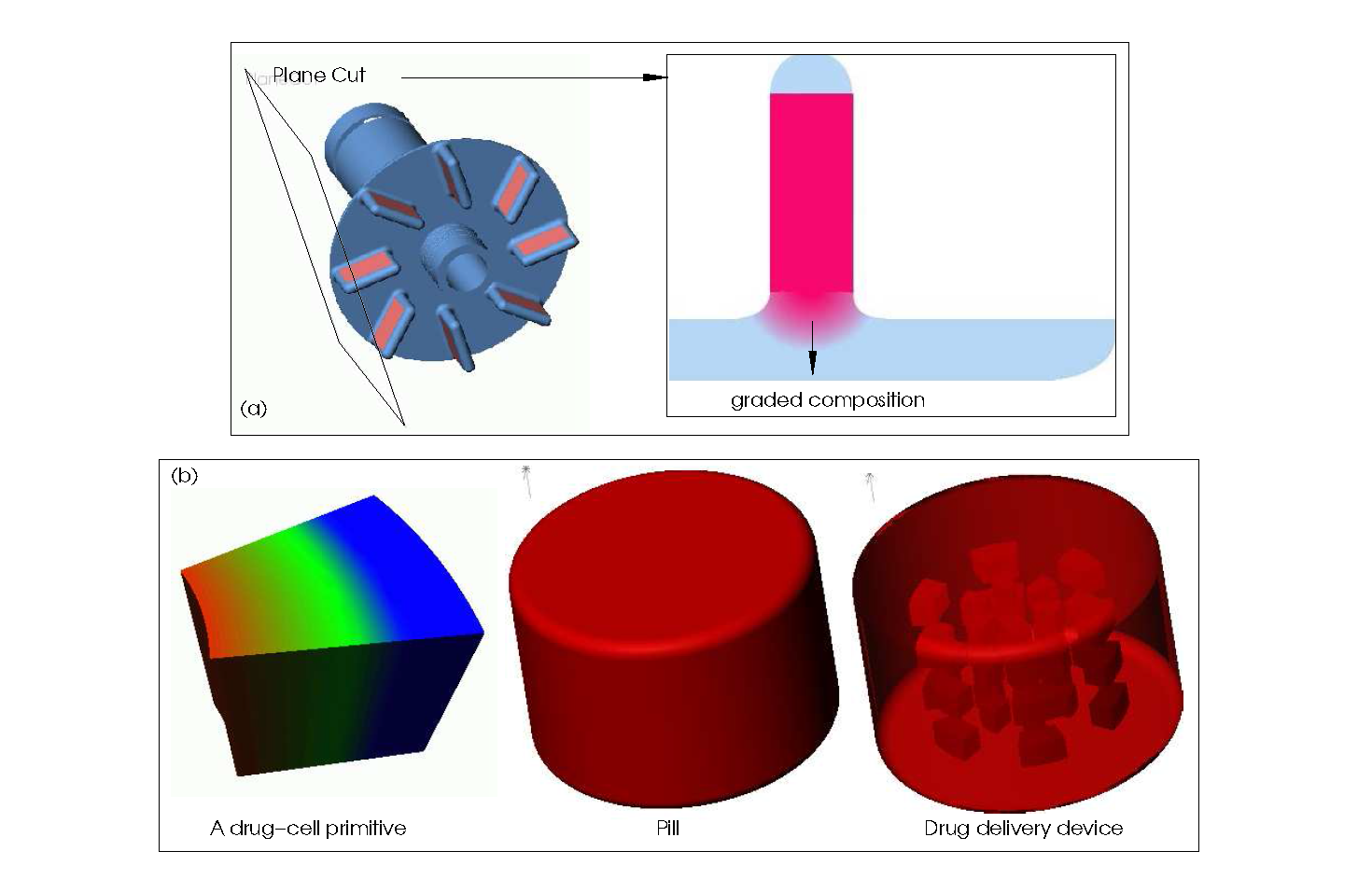
Abstract: In this talk we present a unifying conceptual framework for a variety of shape interrogation (or shape processing) problems, recasting such problems as solutions of nonlinear polynomial systems. We then connect subdivision and interval methods for effective solution of the resulting systems. We then address some shape similarity problems focusing on how the preceding methods as well as differential geometry techniques assist in the solution of such problems. We conclude with open problems relating to shape and physical modeling and interrogation in computer-aided design and manufacturing including inverse problems for materially heterogeneous objects as well as objects with complex internal structure that are specifically designed for challenging applications.
Brief Biography:
 Dr. Nicholas M. Patrikalakis is the Kawasaki Professor of Engineering at the Massachusetts Institute of Technology Department of Mechanical Engineering.
He holds a PhD from MIT (1983) and a Diploma from the National Technical University of Athens (1977).
He has been a faculty member at MIT since 1985 and has recently served as Associate Head of the Department.
His research interests span a variety of engineering disciplines including physical modeling based on numerical simulation and physical experimentation,
geometric and solid modeling, computer-aided design and manufacturing as well as computer visualization and more recently robotic path planning under uncertainty
with applications in adaptive sampling, shape sensing and reconstruction (both algorithmic and experimental).
He has written two textbooks, over two hundred papers and monographs, and has supervised over fifty graduate student theses.
He has been editor or co-editor of journals in the fields of geometric and graphical modeling and computer-aided design.
He has organized over ten major international conferences in the above fields either as co-chair or program co-chair.
He has been active in consulting as expert witness relating to intellectual property issues for design and manufacturing.
Dr. Nicholas M. Patrikalakis is the Kawasaki Professor of Engineering at the Massachusetts Institute of Technology Department of Mechanical Engineering.
He holds a PhD from MIT (1983) and a Diploma from the National Technical University of Athens (1977).
He has been a faculty member at MIT since 1985 and has recently served as Associate Head of the Department.
His research interests span a variety of engineering disciplines including physical modeling based on numerical simulation and physical experimentation,
geometric and solid modeling, computer-aided design and manufacturing as well as computer visualization and more recently robotic path planning under uncertainty
with applications in adaptive sampling, shape sensing and reconstruction (both algorithmic and experimental).
He has written two textbooks, over two hundred papers and monographs, and has supervised over fifty graduate student theses.
He has been editor or co-editor of journals in the fields of geometric and graphical modeling and computer-aided design.
He has organized over ten major international conferences in the above fields either as co-chair or program co-chair.
He has been active in consulting as expert witness relating to intellectual property issues for design and manufacturing.
On the Convergence of Systemic Thinking and Digital Practice Cristiano Ceccato, Zaha Hadid Architects
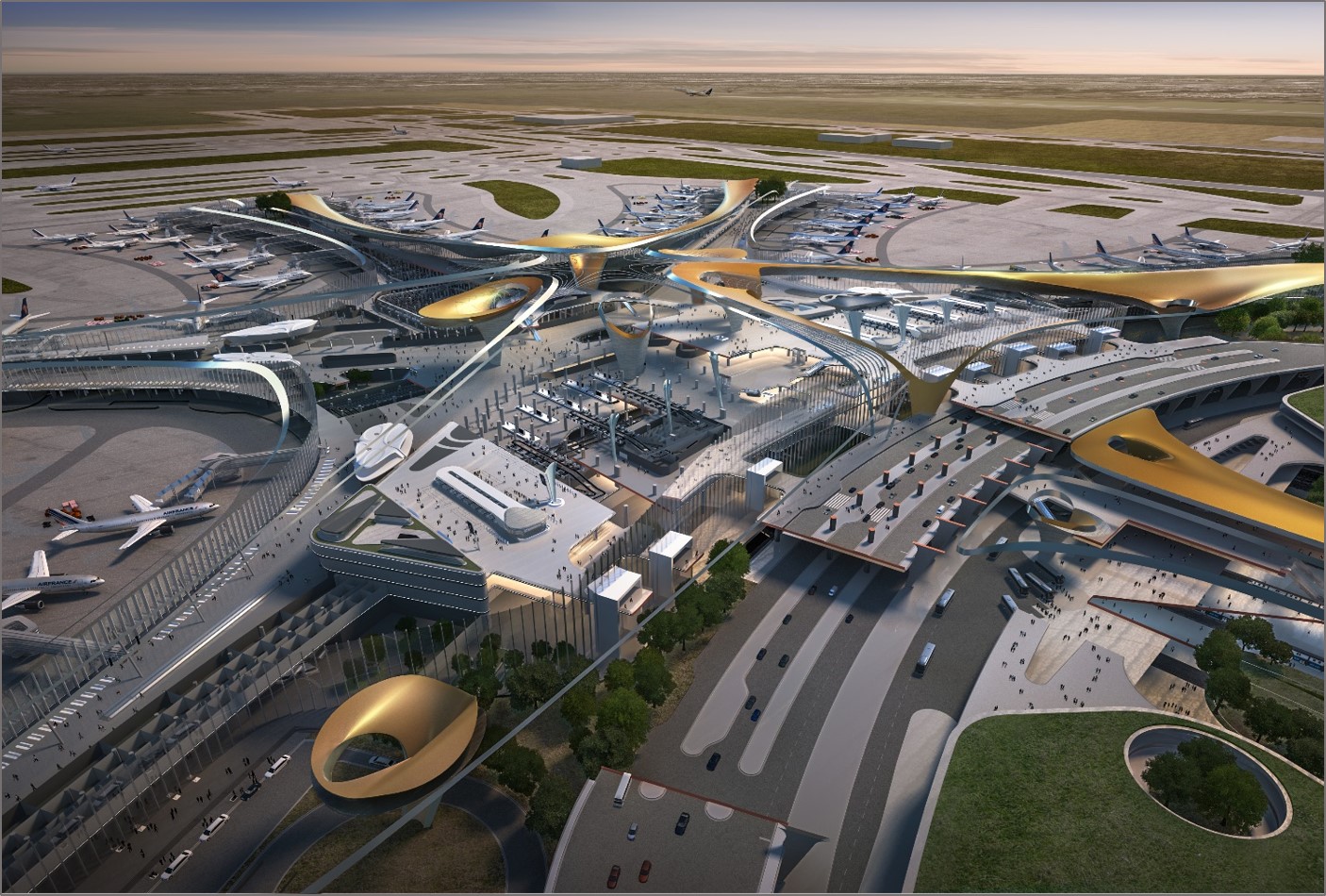
Abstract: Today’s globalised practice is characterised by unprecedented increases in design speed, project complexity and size. Clients demand faster project turnaround, more ambitious and iconic structures with stringent delivery parameters, each set within a project’s specific socio-economic and technological framework. This lecture will highlight how practice-wide systemic thinking and applied digital research can govern projects dynamically, proactively yielding solutions of adaptive practice which successfully integrate computational design research, project management, contractual frameworks and construction into a globally constructible architecture.
Brief Biography:
Cristiano Ceccato is an Associate Director at Zaha Hadid Architects. His work entails a range of management, design and technology leadership responsibilities, leading large-scale public and private projects. Professional focus includes technical team management, design and development of building infrastructure, systems and cladding, including geometric and computational rationalization and constructability resolution of structural and envelope systems; Business development, client relations, project governance and cost control through integrated project delivery and associated digital practice methodologies across the firm.
Cristiano has spearheaded ZHA’s entrance into the Aviation market since 2010. He is the Project Director for the Beijing New Airport passenger terminal, and has led terminal and aviation infrastructure project bids in China, Mexico, Turkey and the USA, establishing valuable interdisciplinary partnership within the industry as a result.
Cristiano worked for seven years in the offices of Frank O. Gehry in Los Angeles. At Gehry Partners he was responsible for the development and application of parametric design tools and integrated modeling principles, and associated digital construction methods, on a wide range of design projects at all stages of development. He was also a co-founder and Director of Research & Consulting of Gehry Technologies, where he was responsible for professional consulting services and technology transfer. In addition to Frank Gehry projects, Cristiano worked on a wide range of external projects through Gehry Technologies, including the Swire One Island East Tower in Hong Kong and the 2008 Olympic Stadium in Beijing, as well as cross-disciplinary research with Boeing. Cristiano also worked for Arata Isozaki in Berlin and has executed a number of smaller projects independently.
Cristiano trained as both an architect and computer scientist, and has practiced architecture in Europe, Asia and the US. He has lectured widely on the subject of computational rule-based design systems and parametric form finding and construction in digital building processes. He has held academic faculty positions in London, Milan, Hong Kong, Los Angeles and Australia, where he is currently a Visiting Professor of Architecture at QUT. He received his professional Diploma in Architecture degree from the Architectural Association (1996) and an MSc in Computer Science from Imperial College in London (1997). He was elected a Fellow of the Royal Society of Arts (UK) in 2004.
Sparse Matrix Algorithms: Combinatorics + Numerical Methods + Applications = SuiteSparse Tim Davis, Texas A&M University

Abstract: Sparse matrix algorithms lie in the intersection of graph theory and numerical linear algebra, and are a key component of high-performance combinatorial scientific computing. This talk gives an overview of SuiteSparse, a suite of sparse solvers written over the past 25 years with several colleagues. I will also highlight several specific contributions in this domain that appear in SuiteSparse, ranging from theory and algorithms to reliable mathematical software and its impact on applications:
- Sparse Cholesky update/downdate
- Approximate minimum degree
- Unsymmetric multifrontal method for sparse LU factorization
- Multifrontal sparse QR factorization, including my current work in GPU-based heterogeneous high-performance parallel computing.
My goal is to connect with current and potential users of SuiteSparse, by illustrating the features that the codes provide to users, by providing an overview of the algorithms inside SuiteSparse, and by motivating possible future features and collaborations.
Brief Biography:
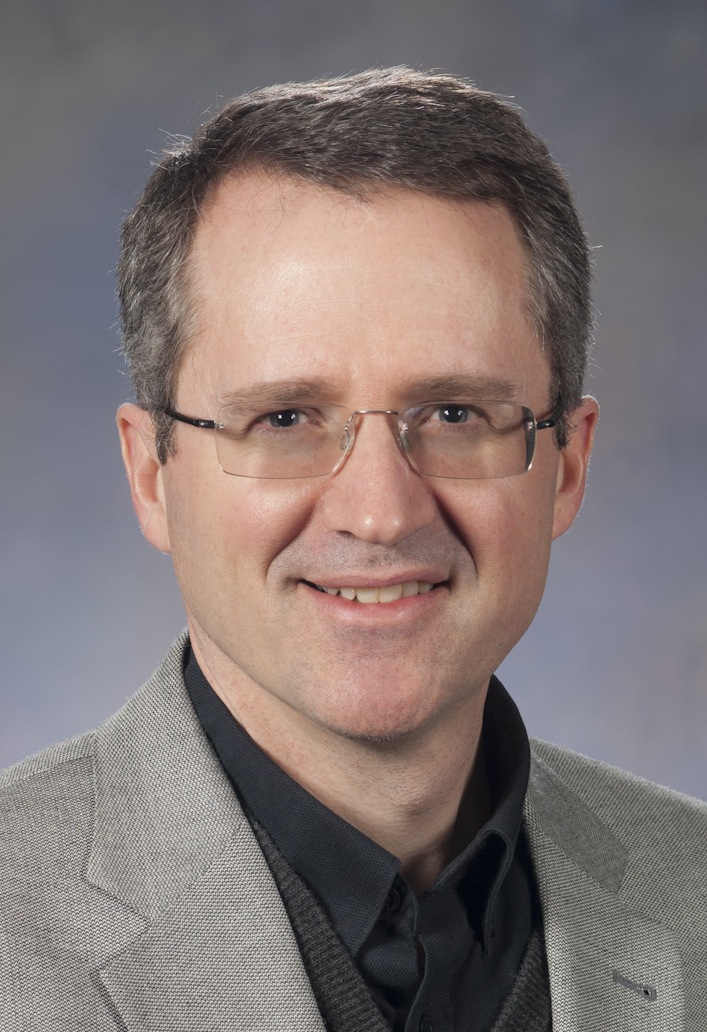 Tim Davis is a Professor in the Computer Science and Engineering Department at
Texas A&M University. His primary scholarly contribution is the creation of
widely-used sparse matrix algorithms and software (SuiteSparse). His software
is relied upon by a vast array of commercial, government lab, and open source
applications, including MATLAB (x=A\b when A is sparse), Mathematica, Google
(Street View, Photo Tours, and 3D Earth), Octave, Cadence, MSC NASTRAN, Mentor
Graphics, and many more. As an NVIDIA Academic Partner, he is creating a new
suite of highly-parallel sparse direct methods that can exploit the high
computational throughput of recent GPUs. NVIDIA has designated his work Texas
A&M as a CUDA Research Center.
He was elected in 2013 as a SIAM Fellow, in 2014 as an ACM Fellow, and in 2016
as an IEEE Fellow. He serves as an associate editor for ACM Transactions on
Mathematical Software, and the SIAM Journal on Scientific Computing. Tim is a
Master Consultant to The MathWorks.
Work is fun, but for pure fun, Tim does algorithmic art by translating music
into visual art via Fourier transforms, graph algorithms, and force-directed
graph visualization. His most recent commissioned work appeared as the theme
artwork for the 2013 London Electronic Arts Festival, which appeared on billboards
all over London in the fall of 2013. He created his logo for SuiteSparse via
a visualization of Straus' "Also Sprach Zarathustra".
For more details, his professional web page is
http://faculty.cse.tamu.edu/davis,
and his algorithmic art appears at
http://notesartstudio.com.
Tim Davis is a Professor in the Computer Science and Engineering Department at
Texas A&M University. His primary scholarly contribution is the creation of
widely-used sparse matrix algorithms and software (SuiteSparse). His software
is relied upon by a vast array of commercial, government lab, and open source
applications, including MATLAB (x=A\b when A is sparse), Mathematica, Google
(Street View, Photo Tours, and 3D Earth), Octave, Cadence, MSC NASTRAN, Mentor
Graphics, and many more. As an NVIDIA Academic Partner, he is creating a new
suite of highly-parallel sparse direct methods that can exploit the high
computational throughput of recent GPUs. NVIDIA has designated his work Texas
A&M as a CUDA Research Center.
He was elected in 2013 as a SIAM Fellow, in 2014 as an ACM Fellow, and in 2016
as an IEEE Fellow. He serves as an associate editor for ACM Transactions on
Mathematical Software, and the SIAM Journal on Scientific Computing. Tim is a
Master Consultant to The MathWorks.
Work is fun, but for pure fun, Tim does algorithmic art by translating music
into visual art via Fourier transforms, graph algorithms, and force-directed
graph visualization. His most recent commissioned work appeared as the theme
artwork for the 2013 London Electronic Arts Festival, which appeared on billboards
all over London in the fall of 2013. He created his logo for SuiteSparse via
a visualization of Straus' "Also Sprach Zarathustra".
For more details, his professional web page is
http://faculty.cse.tamu.edu/davis,
and his algorithmic art appears at
http://notesartstudio.com.
Entwined Surfaces - Multilayer structures inspired by Leonardo da Vinci's elevation concept Rinus Roelofs, www.rinusroelofs.nl

Abstract: For many people in the creative world Nature is an important source of inspiration. But Nature doesn’t provide us a full catalogue of all possible forms. There are many examples of works of artists that are not inspired by nature directly. For instance “abstract painting” added many new shapes. Also Mathematics can help to extend the field of possible shapes and structures. The patterns we can find at in Alhambra (Granada, Spain) are good examples and they again inspired artists like M.C. Escher. Also mathematical structures as weaving patterns (Does Nature weave?) , knots or regular polyhedral can become a source of inspiration. Starting with some drawings of Leonardo da Vinci I will show and explain how my works of art are inspired by Mathematics.
Brief Biography:
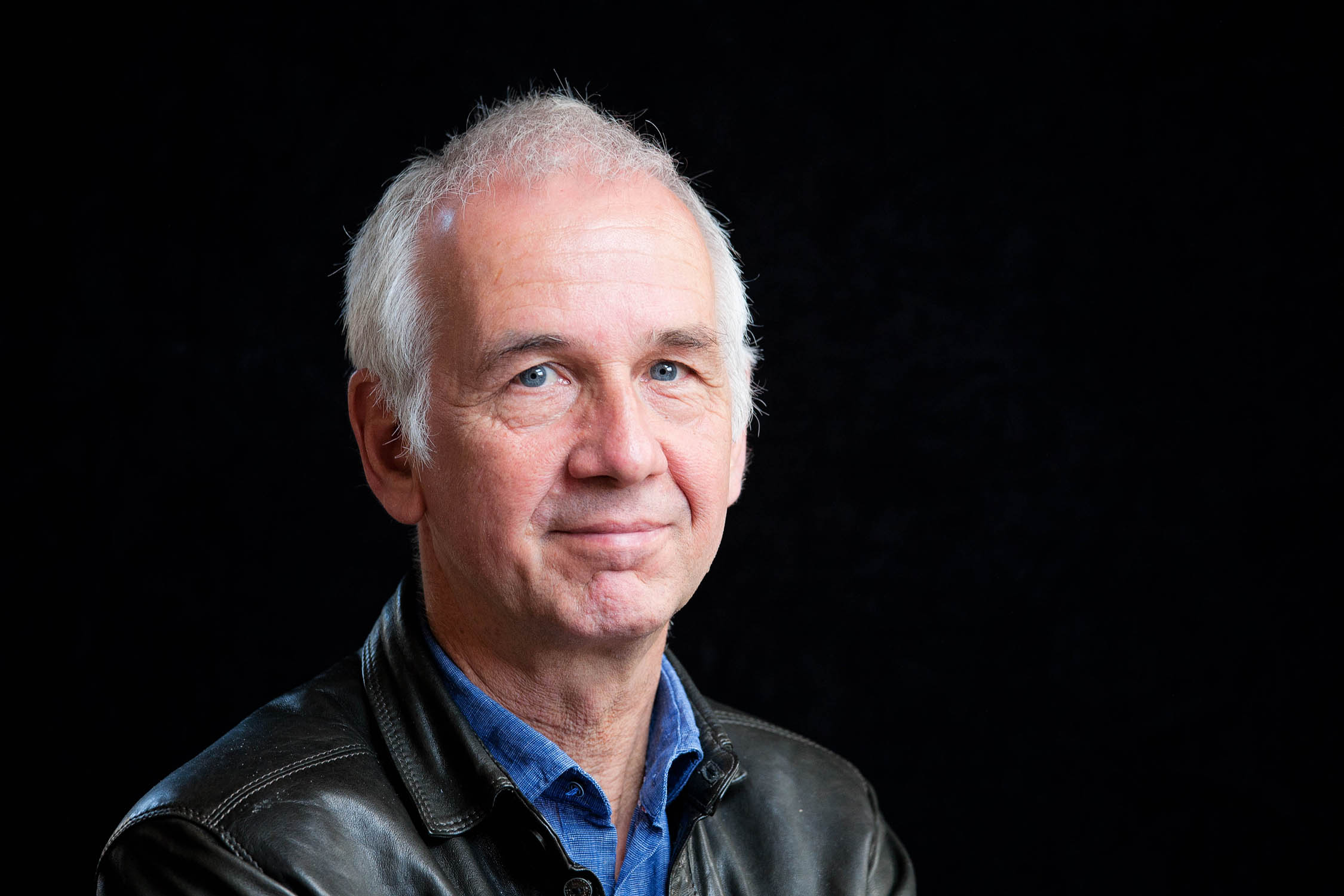 Rinus Roelofs was born in 1954 and
studied applied mathematics at the University of Twente from 1971
until he switched to the School for the Arts, AKI in Enschede.
He is an artist and sculptor since 1983.
The main subject of his art is his fascination about mathematical structures.
Rinus Roelofs was born in 1954 and
studied applied mathematics at the University of Twente from 1971
until he switched to the School for the Arts, AKI in Enschede.
He is an artist and sculptor since 1983.
The main subject of his art is his fascination about mathematical structures.
Geometry Processing in Shape Spaces Martin Rumpf, Universität Bonn
Abstract: The talk will be concerned with the transfer of classical geometric tools to shape spaces. Particular instances are spaces of triangular surfaces, two dimensional objects, images or measures. It will be shown how to introduce physically motivated distance measures on these spaces and how to come up with computationally efficient discretizations. In shape space geometry optimal morphing is linked to geodesic paths, the natural extrapolation of animations is realized by geodesic shooting and parallel transport allows the transfer of geometric details. These tools are the building blocks for a geometric PCA and for shape regression as ingredients for a statistical analysis. Constructive methods from classical CAD will be converted to processing tools in shape spaces. The talk will shed light on the underlying beautiful mathematics and its rigorous foundation.
Brief Biography:
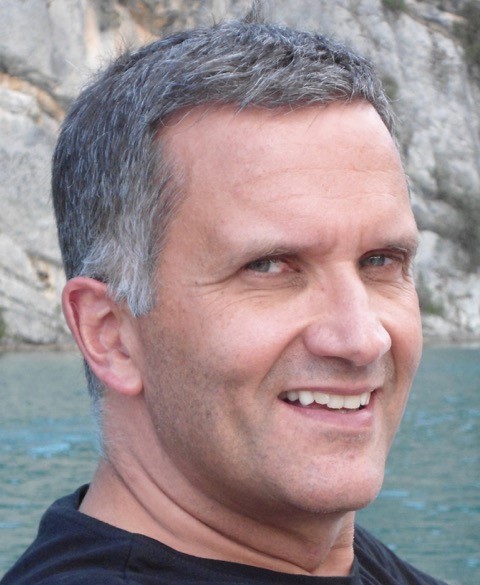 Martin Rumpf is professor for mathematics at Bonn University since 2004.
He studied mathematics and computer science at
Bonn. After his dissertation in 1992 he was postdoc at Freiburg University, returned to Bonn as associate professor in 1996,
and held a full professor position at Duisburg-Essen University from 2001 to 2004. He received offerss for full professor positions
from Zurich University, FU Berlin and Humboldt University. He is member of the board of the Hausdorff Center for Mathematics.
He is interested in mathematical modeling, analysis and numerical computing with applications
in material science, in image processing and computer vision.
Martin Rumpf is professor for mathematics at Bonn University since 2004.
He studied mathematics and computer science at
Bonn. After his dissertation in 1992 he was postdoc at Freiburg University, returned to Bonn as associate professor in 1996,
and held a full professor position at Duisburg-Essen University from 2001 to 2004. He received offerss for full professor positions
from Zurich University, FU Berlin and Humboldt University. He is member of the board of the Hausdorff Center for Mathematics.
He is interested in mathematical modeling, analysis and numerical computing with applications
in material science, in image processing and computer vision.
Design of 3D printed mathematical art Henry Segerman, Oklahoma State University
Abstract:
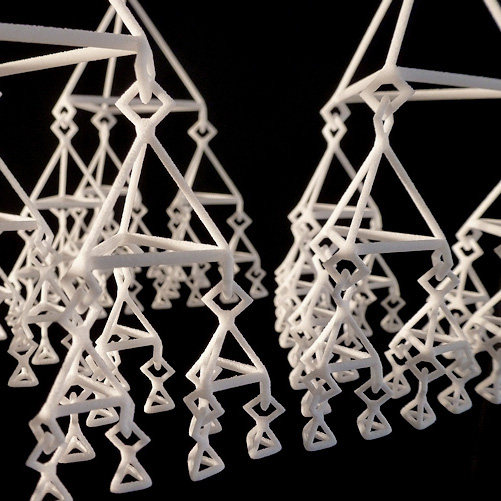 When visualising topological objects via 3D printing, we need a three-dimensional geometric representation of the object.
There are approximately three broad strategies for doing this:
"Manual" - using whatever design software is available to build the object by hand; "Parametric/Implicit" -
generating the desired geometry using a parametrisation or implicit description of the object; and "Iterative" - numerically solving an optimisation problem.
The manual strategy is unlikely to produce good results unless the subject is very simple.
In general, if there is a reasonably canonical geometric structure on the topological object, then we hope to be able to produce a parametrisation of it.
However, in many cases this seems to be impossible and some form of iterative method is the best we can do.
Within the parametric setting, there are still better and worse ways to proceed.
For example, a geometric representation should demonstrate as many of the symmetries of the object as possible.
There are similar issues in making three-dimensional representations of higher dimensional objects.
I will discuss these matters with many examples, including visualisation of four-dimensional polytopes
(using orthogonal versus stereographic projection) and Seifert surfaces (comparing my work with Saul Schleimer with Jack van Wijk's iterative techniques).
When visualising topological objects via 3D printing, we need a three-dimensional geometric representation of the object.
There are approximately three broad strategies for doing this:
"Manual" - using whatever design software is available to build the object by hand; "Parametric/Implicit" -
generating the desired geometry using a parametrisation or implicit description of the object; and "Iterative" - numerically solving an optimisation problem.
The manual strategy is unlikely to produce good results unless the subject is very simple.
In general, if there is a reasonably canonical geometric structure on the topological object, then we hope to be able to produce a parametrisation of it.
However, in many cases this seems to be impossible and some form of iterative method is the best we can do.
Within the parametric setting, there are still better and worse ways to proceed.
For example, a geometric representation should demonstrate as many of the symmetries of the object as possible.
There are similar issues in making three-dimensional representations of higher dimensional objects.
I will discuss these matters with many examples, including visualisation of four-dimensional polytopes
(using orthogonal versus stereographic projection) and Seifert surfaces (comparing my work with Saul Schleimer with Jack van Wijk's iterative techniques).
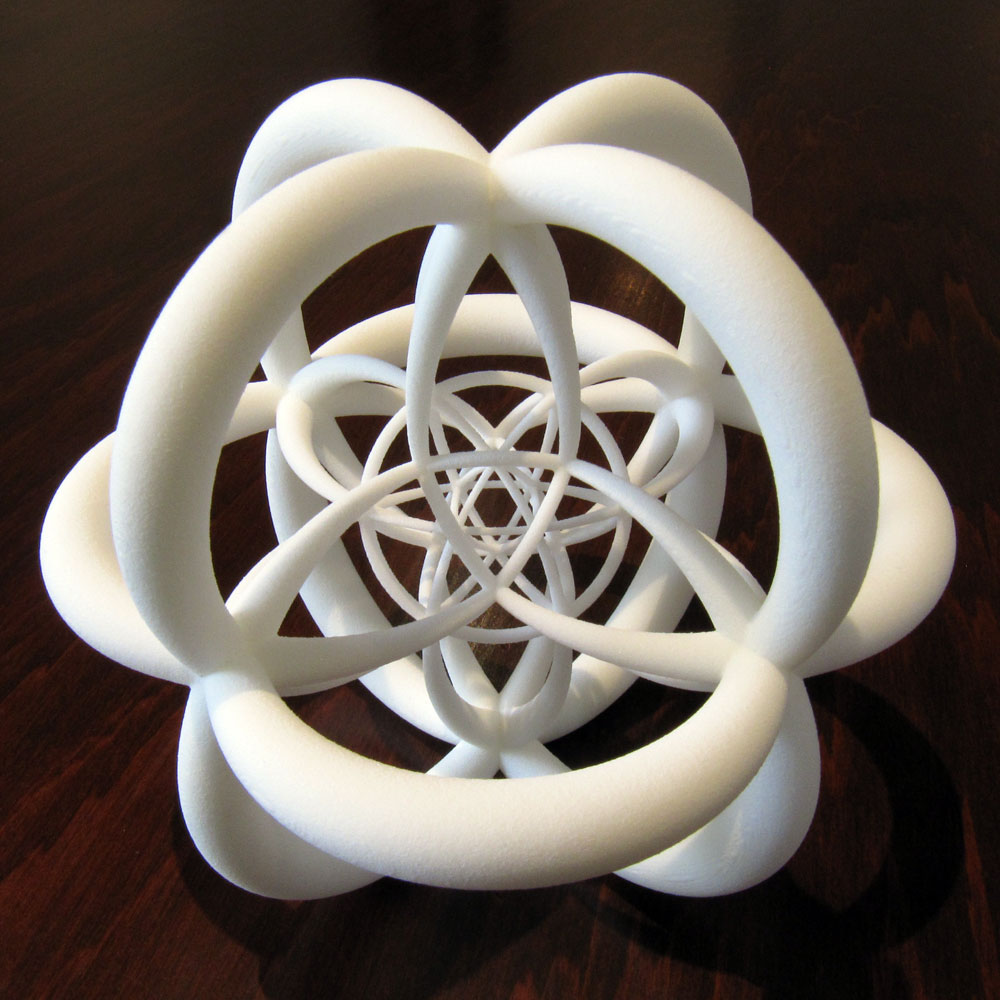 I will also describe some computational problems that have come up in my 3D printed work, including the design of 3D printed mobiles (joint work with Marco Mahler),
"Triple gear" and a visualisation of the Klein Quartic (joint work with Saul Schleimer), and hinged surfaces with negative curvature (joint work with Geoffrey Irving).
I will also describe some computational problems that have come up in my 3D printed work, including the design of 3D printed mobiles (joint work with Marco Mahler),
"Triple gear" and a visualisation of the Klein Quartic (joint work with Saul Schleimer), and hinged surfaces with negative curvature (joint work with Geoffrey Irving).
Brief Biography:
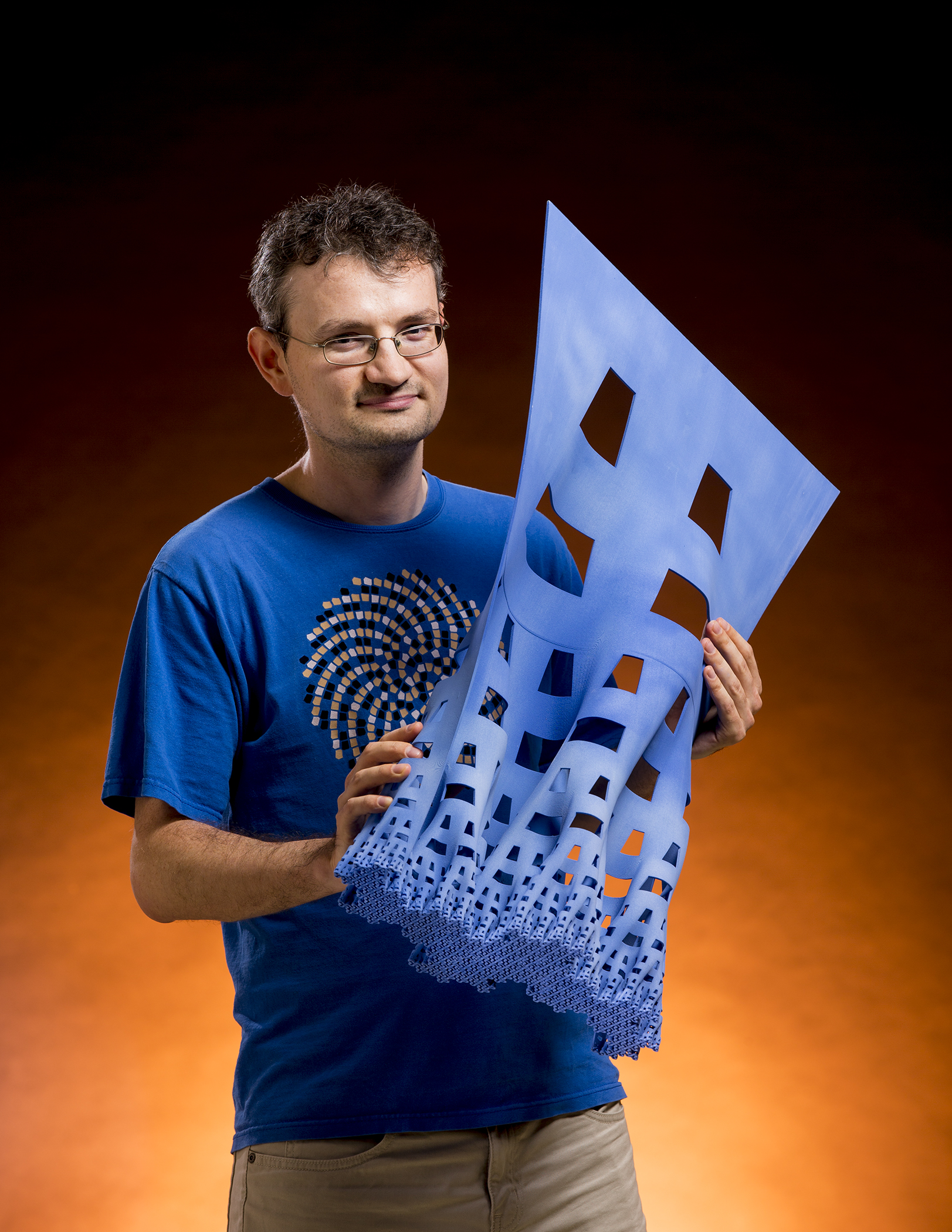 Henry Segerman is a mathematician, working mostly in three-dimensional
geometry and topology, and a mathematical artist, working mostly in
3D printing. He is an assistant professor in the Department of
Mathematics at Oklahoma State University.
Henry Segerman is a mathematician, working mostly in three-dimensional
geometry and topology, and a mathematical artist, working mostly in
3D printing. He is an assistant professor in the Department of
Mathematics at Oklahoma State University.
Two tales of mathematical virtual reality Henry Segerman, Oklahoma State University
Abstract: In the first half of the talk, I will talk about "Hypernom", a virtual reality experience, joint work with Andrea Hawksley, Vi Hart and Marc ten Bosch. The cells of a regular 4D polytope are radially projected to S^3, the sphere in 4D space, then stereographically projected to 3D space where they are viewed in the headset. The orientation of the headset is given by an element of the group SO(3), which is also a space that is double covered by S^3. In fact, the headset outputs a point of this double cover: a unit quaternion. The positions of the cells are multiplied by this quaternion before projection to 3D space, which moves the player through S^3. When the player is sufficiently close to a cell, they eat it. The aim of the game is to eat all of the cells of the polytope, which, roughly speaking, isachieved by moving one's head through all possible orientations, twice. In the second half, I will talk about joint work with Saul Schleimer on transforming spherical images using various conformal maps. We propose Möbius transformations as the natural rotation and scaling tools for editing spherical images. As an application we produce spherical Droste images. We obtain other self-similar visual effects using rational functions, elliptic functions, and Schwarz-Christoffel maps.





















